Storage units provide an essential service to both individuals and businesses that require extra space to store belongings. As a real estate investment, they are often considered less risky compared to other property types, since the demand for storage generally remains consistent.
However, understanding the cost elements involved in setting up a storage unit facility is critical for those interested in venturing into this business.
The 4 Types of Storage Facilities: Features and Costs
Warehouse Storage
Warehouse storage facilities are large-scale operations designed to store a high volume of goods for both businesses and individuals.
These warehouses are generally equipped with high-end security systems, tracking software, and advanced equipment to move and manage stored items efficiently. Warehouse storage can be an excellent option for businesses looking to store inventory or individuals with large storage needs.
The cost of warehouse storage will vary depending on a range of factors, including location, the level of service provided, and the amount of space you need. Renting warehouse space can cost anywhere from $4 to $7 per square foot annually, based on location and amenities.
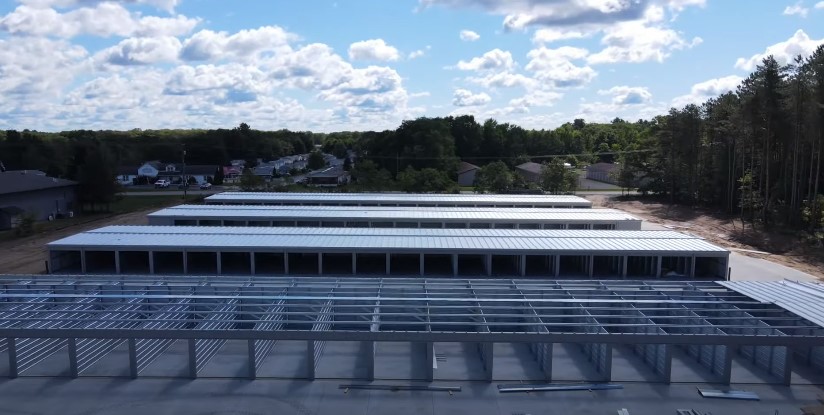
When planning to build such a facility, you can expect a high initial investment ranging from $500,000 to several million, depending on the size and specifications.
Container Storage
Container storage is a versatile and convenient form of storage that involves the use of shipping containers. These are perfect for a wide variety of needs, from commercial inventory to personal belongings.
These containers are typically weatherproof, which means they can be stored outside, thereby providing flexibility in terms of location. They can be used for both short-term and long-term storage and can be easily transported if need be.
Container storage tends to be a more affordable option. Buying a new container can cost between $3,000 and $5,000, while used containers can be as low as $1,500. Renting a container for storage can be around $100 to $200 per month.
Setting up a container storage facility would require an investment in the range of $100,000 to $300,000, considering the costs for land, containers, and basic amenities.

Lockups
Lockups are individual storage units that offer a high level of security and are usually situated within a larger facility.
These units are commonly used for the storage of valuable items and important documents. Many lockups offer climate-controlled conditions, high-security locks, and 24/7 monitoring.
The cost of building lockups as a storage facility will typically range between $1 million and $2.5 million, considering factors like land costs, construction, security systems, and other amenities. Renting a lockup can cost the end-user between $50 and $300 per month, depending on the size and location.
Removal Depositories
Removal depositories are specialized storage facilities designed for temporary storage. These are often used during moving or relocation and offer storage for items like furniture, electronics, and household goods.
These storage units are designed for easy loading and unloading, often providing additional services like packing and moving assistance.
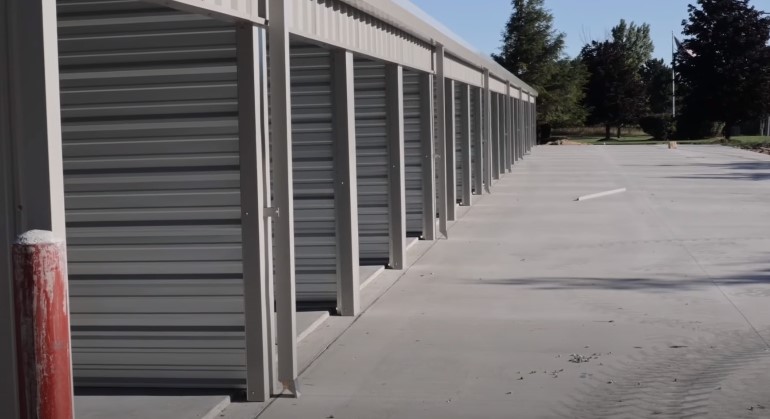
Building a removal depository facility can be a significant investment, potentially costing between $200,000 and $500,000, based on factors like location, size, and services offered.
The cost for individuals using this service can vary widely depending on the duration of storage and the range of additional services provided, such as packing and transportation. Prices can range from $100 to $300 per month.
The storage industry offers various types of facilities to meet the different needs of consumers and businesses. Each of these storage types has its own set of features, advantages, and costs.
When considering entering the storage industry, understanding these different types can help you make an informed decision about the kind of facility you might want to build.
Warehouse storage facilities offer scalability and are better suited for businesses or people who need to store a large volume of items. Container storage facilities offer versatility and tend to be more cost-effective.
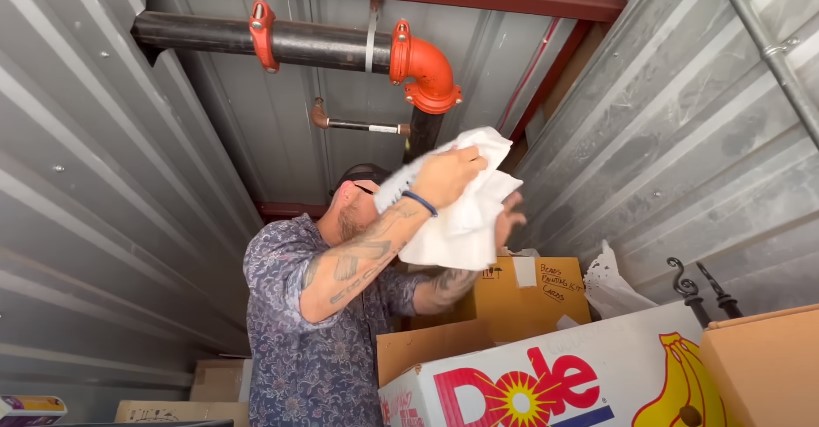
Lockups are focused on high security and are perfect for storing valuables or important documents. Removal depositories are geared toward ease of loading and unloading and are often used during relocation.
Now, we will break down the various components that contribute to the cost of building a storage unit. We will also discuss funding options, including buying an existing unit or opting for a franchise model, and what kind of revenue you can expect from your storage facility.
Breaking Down the Costs of Building Storage Units
Land – $353,925
The first and foremost step in building a storage unit facility is acquiring the land where the units will be constructed.
The cost of land is subject to significant variations depending on a variety of factors, including the location, the zoning laws, and the market demand. For this article, we have estimated the land cost to be around $353,925.
It is imperative to select a location that is not only accessible and convenient for potential customers but also large enough to accommodate the planned number of units, parking space, and potentially, room for future expansion.
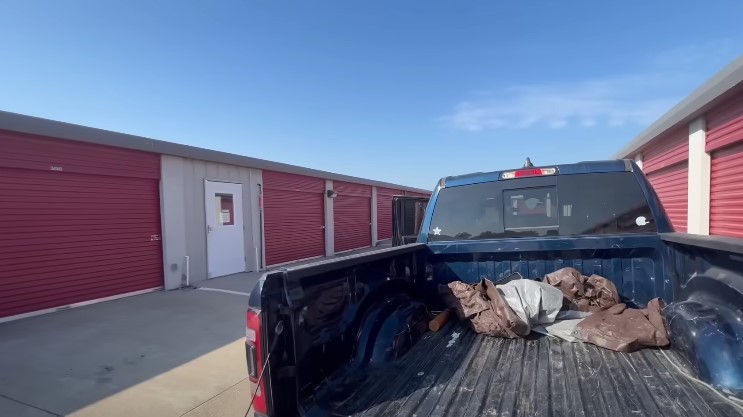
It is advisable to consult a local real estate agent to get a better sense of the land prices in your desired area.
Construction – $3,244,500
Once the land has been acquired, the next substantial cost is construction. This includes the cost of raw materials, labor, and any other expenses related to building the units.
The costs will vary significantly depending on whether you opt for non-climate-controlled or climate-controlled units.
Climate-controlled units will necessitate additional HVAC systems [1], insulation, and electricity supply, thereby increasing the cost. On average, the construction cost could be around $3,244,500.
However, it’s important to get a detailed quote from a construction company experienced in building storage units to have a more accurate estimate.
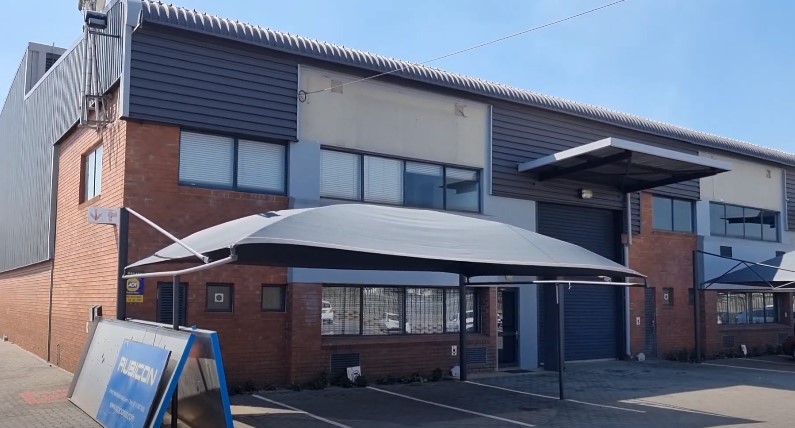
Engineering – $79,000
Engineering costs are a critical component of the budget that includes fees for professionals like civil, structural, and mechanical engineers who will design and oversee the construction process.
This is crucial to ensure that the building is structurally sound, adheres to all building codes and regulations, and is optimized for the storage of various kinds of items.
The engineering cost is expected to be approximately $79,000. However, this is a ballpark figure and can vary depending on the complexity of the project and the fees of the professionals involved.
Permits/Fees – $32,000
Occupancy Permits
Occupancy permits are essential for operating a business out of a specific physical location. These permits are often subject to inspection and must meet local building codes and regulations.
Payroll Tax Registration
For businesses hiring employees, registration for payroll taxes is necessary. This entails its own set of fees.

Zoning Fees
Depending on the locality, there may also be zoning fees to ensure that the business complies with local zoning laws.
In total, the permits and various fees are estimated to be around $32,000. However, this figure can vary significantly based on the local regulations and the specific requirements of the facility.
Insurance – $10,000 (per year)
Insurance is of paramount importance for any business, but it is particularly crucial for a storage facility, where the business is responsible for safeguarding other people’s property.
The insurance would typically cover potential damage to the units, as well as liability insurance in case of injuries on the property.
The annual cost of insurance is estimated to be around $10,000. However, it is advisable to consult an insurance agent to get a detailed quote based on the specific needs and risks associated with the facility.

Equipment – $22,000
Equipment costs include the purchase of surveillance cameras, security gates, keycard systems, and other necessary equipment to operate a secure and efficient facility. Depending on the level of security and automation desired, this cost can be around $22,000.
It is important to have a detailed list of all the necessary equipment and get quotes from multiple suppliers to have a more accurate estimate of the costs.
Marketing – $75,000
To attract customers to the facility, a considerable budget needs to be allocated for marketing. This includes the cost of advertisements, promotional material, and potentially, a grand opening event. On average, $75,000 can be set aside for this purpose.
However, it is important to have a detailed marketing plan and get quotes from various marketing agencies or consultants to have a more accurate estimate of the costs.
Legal Fees – $22,000
Legal fees are another essential part of the budget. This includes the cost of drafting contracts, consulting on zoning laws, and any other legal services that may be required. Expect to set aside around $22,000 for these services.
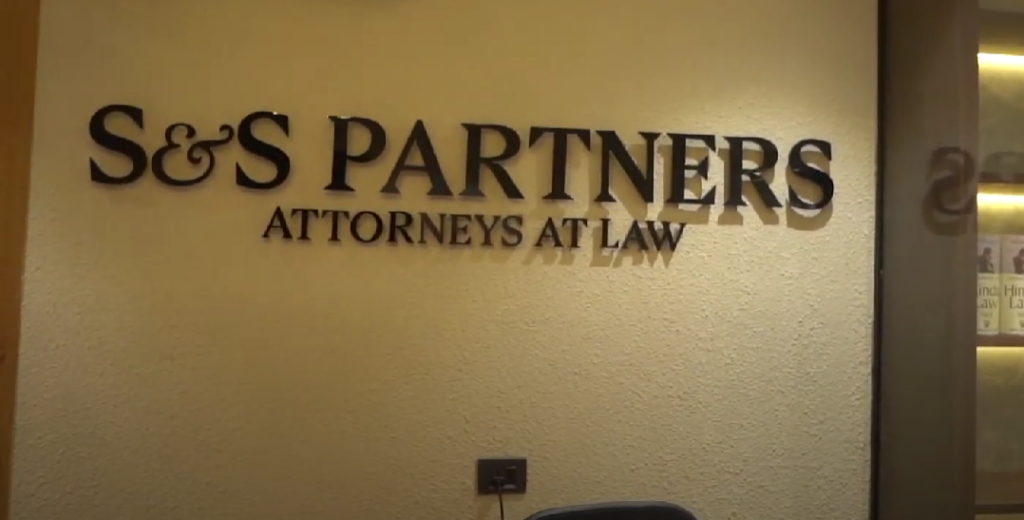
However, it is advisable to consult a legal professional to get a detailed quote based on the specific needs of the facility.
Financial Costs – $100,000
Financial costs are miscellaneous costs that could include loan interest payments, accounting services, and other financial obligations. It is estimated that around $100,000 should be set aside for these expenses.
However, it is important to have a detailed financial plan and consult a financial advisor to have a more accurate estimate of the costs.
Total – $3,938,425
The total estimated cost for building a storage unit facility would be around $3,938,425. However, it is important to note that this is a rough estimate and the actual costs can vary significantly based on various factors such as the location, size of the facility, and the level of automation and security desired.
It is advisable to consult professionals and get detailed quotes to have a more accurate estimate of the costs.
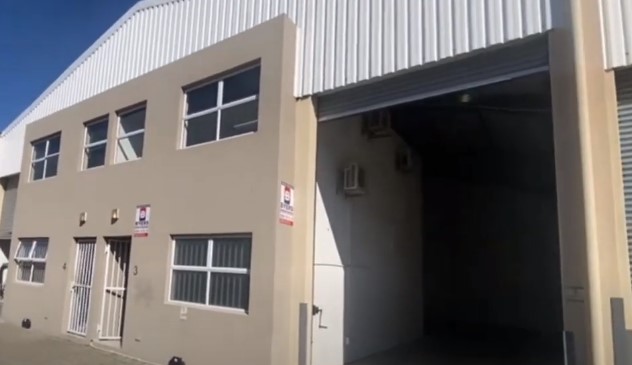
Funding a Storage Unit Facility
Buy an Existing Unit
An alternative to building a storage unit facility from scratch is to buy an existing facility. While this requires a substantial upfront investment, it eliminates many of the headaches associated with construction and permits.
Additionally, it may be possible to start generating revenue almost immediately, as the facility may already have customers. However, it is important to conduct thorough due diligence before purchasing an existing facility, as there may be hidden costs or problems that are not immediately apparent.
Franchise Storage Unit
Another option is to go the franchise route. In this case, you would be buying into a proven business model, which might be more comfortable for some investors.
However, franchising fees and ongoing royalties can add up and may significantly impact the profitability of the facility. It is important to have a detailed understanding of all the costs associated with franchising before making a decision.
How Much Can You Make With a Storage Unit Facility?
The revenue generated by a storage unit facility can vary significantly based on various factors such as the location, size of the facility, and the types of units offered.
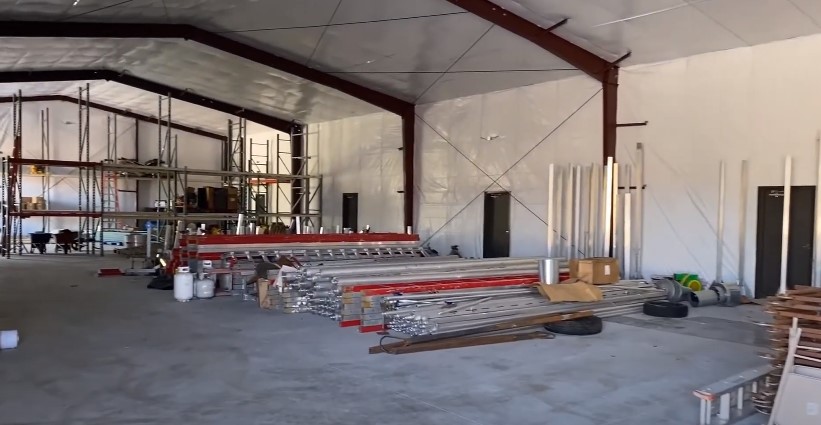
According to industry averages, the net revenue for non-climate-controlled units is around $1.25 per square foot, while climate-controlled units generate about $1.60 per square foot.
Depending on the size of your facility and the types of units you offer, this could translate into substantial monthly and annual earnings.
For instance, a 50,000-square-foot facility could generate anywhere from $62,500 to $80,000 per month in revenue, not accounting for operational costs.
What Type of Storage Facility Should I Build?
There are different types of storage facilities you could consider, each with its own set of advantages and challenges. Traditional self-storage, climate-controlled storage, boat and RV storage, and specialized storage for things like wine or documents are just some of the options.
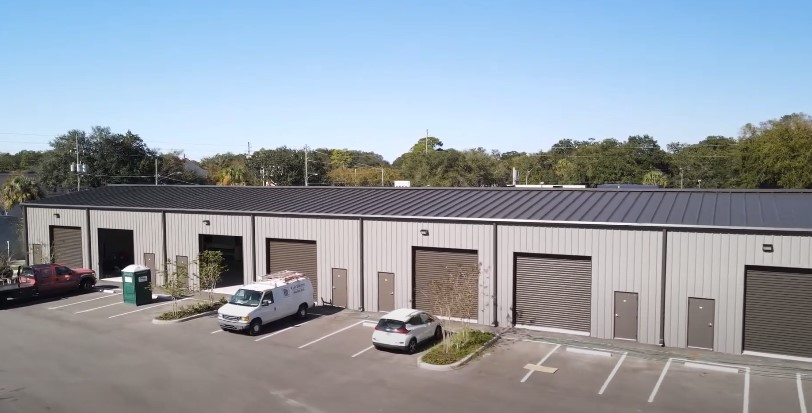
- Target Market: Who will your primary customers be? Residential, commercial, or perhaps students in a college town?
- Location: What does the location demand? A bustling urban area might benefit more from climate-controlled units for apartment dwellers.
- Competition: Are there already multiple facilities offering similar types of storage in your target area?
Your choice will greatly impact your construction costs, operational challenges, and potential revenue streams. Consult with industry professionals and analyze your local market to make an informed decision.
How Much Does It Cost to Build a Self-Storage Facility?
As discussed earlier, the costs can be wide-ranging based on numerous factors such as the size, location, type of storage units, etc. While we provided an estimate of around $3,938,425, it is critical to get detailed, personalized quotes for your specific project.
- Capital: Do you have the required capital or will you need a loan?
- Hidden Costs: Are you prepared for unexpected costs that invariably pop up in construction projects?
- Return on Investment (ROI): Have you made projections on how these costs will align with your estimated revenue?
How Much Can I Expect to Earn from a Self-Storage Business?
Estimating potential revenue involves studying market demand, pricing strategies, and expected occupancy rates. Industry averages suggest that non-climate-controlled units could generate around $1.25 per square foot, while climate-controlled units could make $1.60 per square foot.
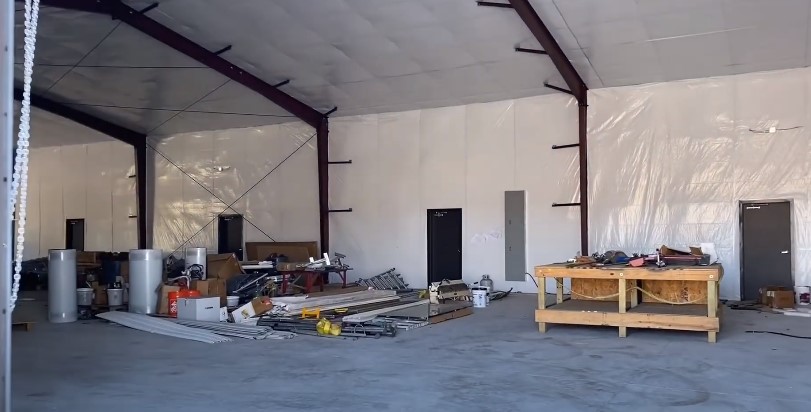
- Occupancy Rates: What percentage of units do you expect to be rented out?
- Additional Revenue: Will you offer other services like moving supplies or truck rentals?
- Seasonal Fluctuations: How will the business cope with seasonality if applicable?
Will the Storage Facility Be Able to Generate Enough Returns?
Generating sufficient returns is not just about revenue; it’s about effectively managing your operating costs to maintain a healthy profit margin. A well-located, well-managed facility can be a highly profitable venture.
- Operational Costs: What will be the cost of security, staff salaries, utilities, and ongoing maintenance?
- Debt Service: If you’re taking out a loan, can the business generate enough to service that debt?
- Sustainability: Are the returns sustainable in the long term, or do they rely on too many variable factors?
How Long Will It Take to Generate Profit?
Most businesses don’t become profitable overnight. The storage industry, with its substantial initial investment, is no different.
- Breakeven Point: Have you calculated when your business will break even?
- Cash Flow: Will you have enough cash flow to sustain the business until it becomes profitable?
- Market Saturation: Is the market oversaturated, or is there room for growth and profitability?
Conclusion
Building a storage unit facility is a significant investment but one that can offer stable returns if well-executed. With a clear understanding of the various costs involved—from land acquisition to marketing—you can make more informed decisions that can set you on the path to profitability.
It is advisable to consult professionals in various fields such as real estate, construction, legal, and financial to have a more accurate estimate of the costs and to ensure the success of the project.

